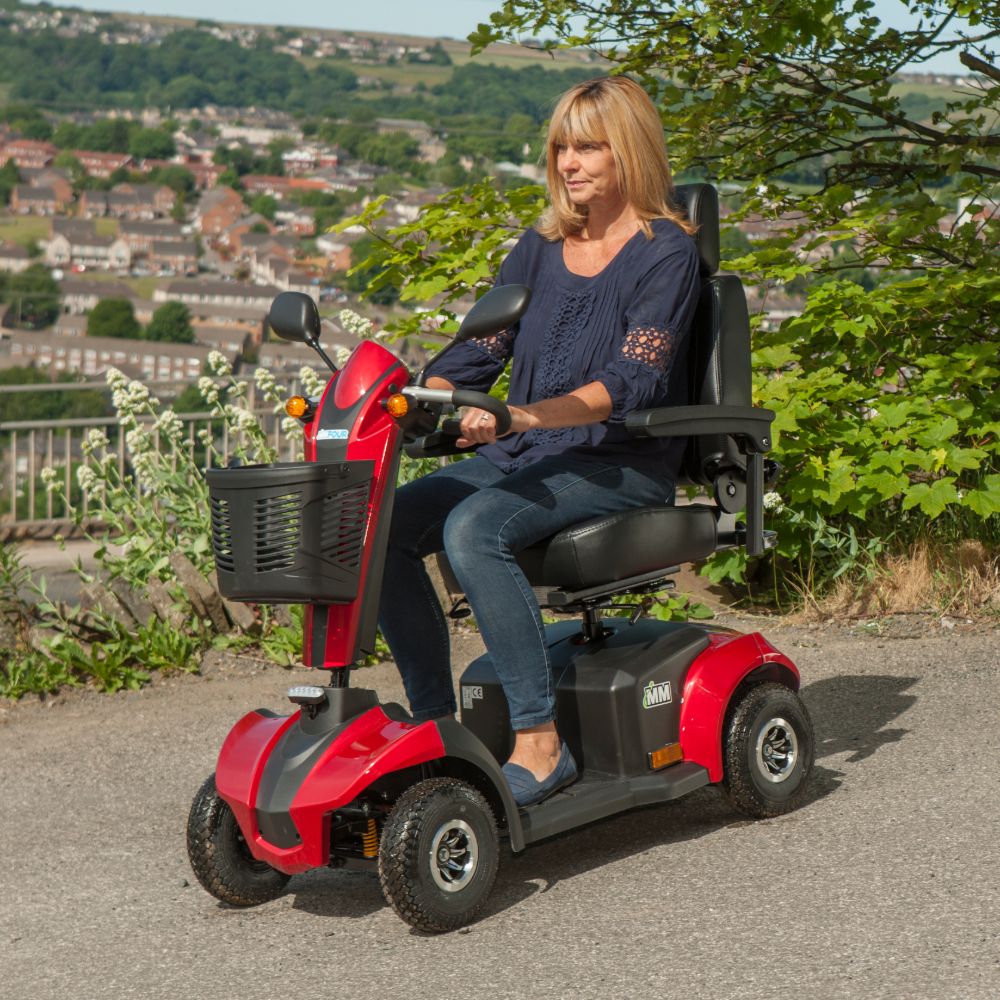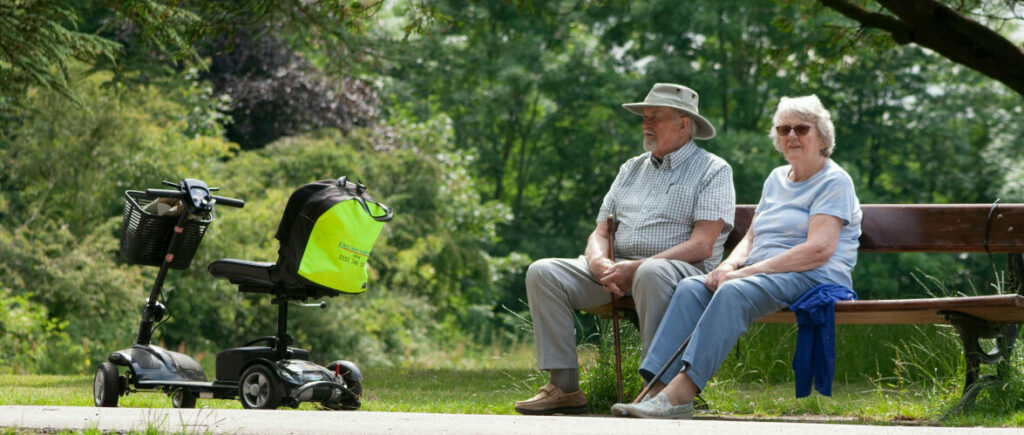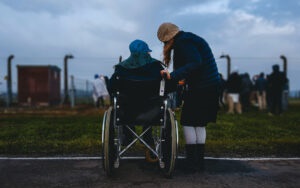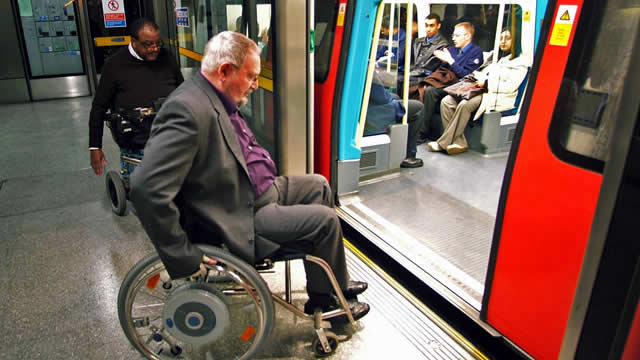
Guides, tips, insights and more
Here is where we share tips, industry insights, and anything we find interesting or helpful to our customers. If you’ve ever thought “Oh, I wish I’d known that years ago!” then here’s a range of articles that suit you.
Have a read or get in touch to learn from one of our experts.

About mobility scootersMobility schemes and funding







